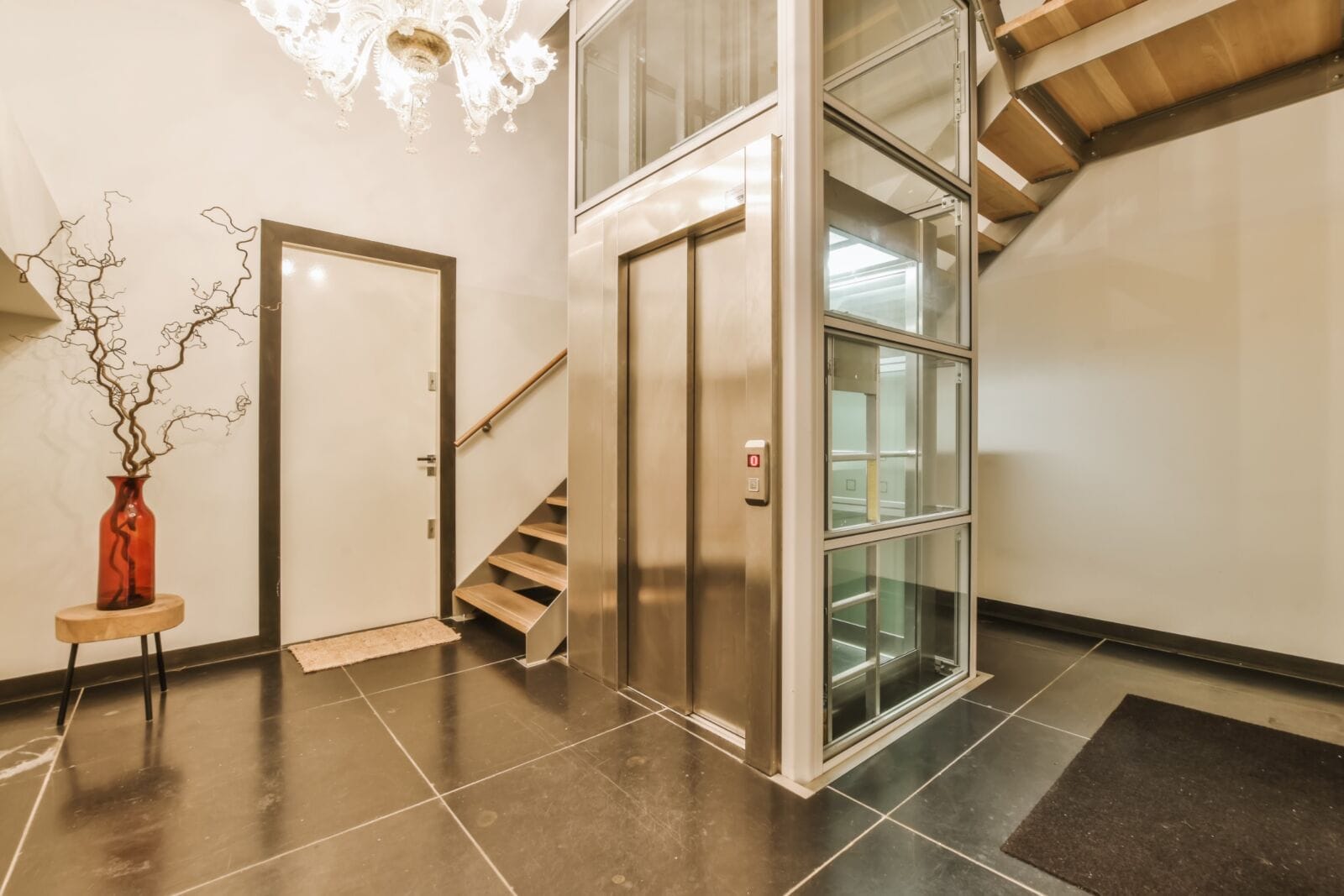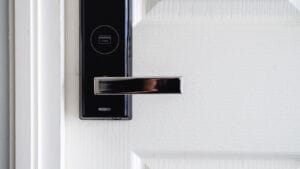In today’s fast-evolving architectural landscape, functionality and accessibility are just as important as visual appeal. As multi-level residences become increasingly common, the integration of home lifts has moved from a luxury to a necessity. Companies like Galaxy Lifts are helping homeowners and architects reimagine the possibilities of vertical living, bringing convenience, safety, and style into one modern solution.
LOCAL NEWS: 100 best places to work and live in Arizona for 2025
Home Lifts: A Shift in Design Thinking
Modern architecture is all about creating spaces that serve the long-term needs of homeowners. Home lifts are a natural extension of this philosophy, offering:
- Greater Mobility: From aging residents to young families with strollers, lifts eliminate the need to climb stairs repeatedly.
- Enhanced Design Flow: Architects can now connect floors more fluidly, without being restricted by traditional stair layouts.
- Future-Proofing: With more people opting to age in place, home lifts ensure that mobility challenges won’t require relocation.
Why Architects Are Embracing Home Lifts
Forward-thinking architects are prioritizing home lifts in both luxury and mid-range homes for several reasons:
- Space Efficiency: Compact and shaftless models make it possible to install lifts without sacrificing valuable square footage.
- Aesthetic Versatility: With customizable finishes and sleek designs, lifts can be integrated seamlessly into modern interiors.
- Sustainability: Many lifts now run on energy-efficient motors and use sustainable materials, aligning with green building standards.
Benefits Beyond Accessibility
Home lifts aren’t just about mobility. They offer a wide range of benefits that elevate the homeowner’s lifestyle:
- Convenience: Move groceries, laundry, luggage, or furniture easily between floors.
- Luxury Appeal: A home lift can be a striking centerpiece in a modern home, adding a wow factor for guests and potential buyers.
- Increased Property Value: Homes with built-in lifts often command higher market prices due to their added utility and sophistication.
Integrating Lifts Into Modern Homes
Whether retrofitting a home or incorporating a lift into a new build, here are a few design and planning considerations:
- Location: Lifts are commonly placed near entryways, in hallways, or between garages and upper floors.
- Style: Choose from glass panels, brushed steel, or wood finishes to match your home’s theme.
- Technology: Many models come with smart controls, touchscreens, and even remote access functionality.
Use Cases Across Home Styles
Home lifts are being integrated into a variety of architectural styles, including:
- Minimalist homes with clean lines and open floor plans
- Luxury urban townhomes where vertical space must be maximized
- Modern farmhouses blending rustic charm with futuristic comfort
- Multi-generational homes that need accessible design features for all ages
Frequently Asked Questions (FAQs)
Q1: Are home lifts only for people with mobility issues?
A: No. While accessibility is a major benefit, many homeowners install lifts for convenience, style, and future-proofing their homes. They’re perfect for transporting heavy items or just making daily life easier.
Q2: Can a lift be added to an existing home?
A: Yes. Many modern lift systems are designed for retrofitting and require minimal structural modifications. A professional assessment will help determine the best fit for your space.
Q3: How much space do I need for a home lift?
A: Most residential lifts require about 15 to 25 square feet, depending on the model. Some newer shaftless lifts take up even less space and can be tucked into tight corners.
Q4: Are home lifts energy efficient?
A: Yes. Many models offered by providers like Galaxy Lifts use low-energy drive systems and regenerative braking technologies, making them efficient to run and environmentally friendly.
Q5: What kind of maintenance is involved?
A: Routine maintenance, usually once a year, is recommended. This ensures smooth operation, safety, and longevity of the lift system.
Conclusion
The rise of home lifts in modern architecture reflects a broader shift toward homes that are smarter, more inclusive, and future-ready. As more homeowners prioritize comfort, longevity, and design-forward thinking, lifts are no longer an afterthought, they’re a feature of modern life. With innovative systems offered by trusted providers like Galaxy Lifts, integratin




